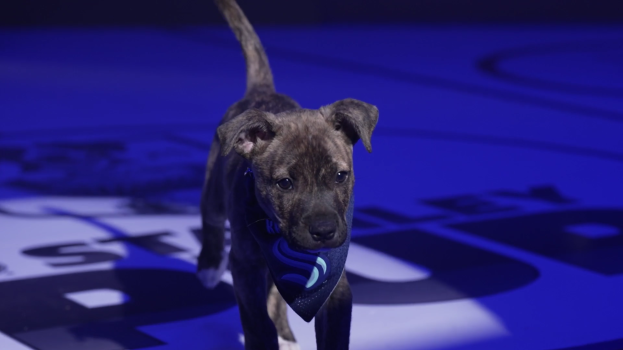In the current post-Occupy era, brands are adopting a movement culture. They’re forming their own cause platforms to directly rally involvement, and some programs even give consumers carte blanche by granting micro-funds to personal projects. This year’s Cause + Action winners have crowd-funding and virtual volunteerism in common.
Welcome to the new CSR: the cause social revolution. As more prominent brands have baked-in CSR at their core (with start-ups and established brands touting LEEDS-style corporate goodness certification), there’s more extreme CSR expectations from consumers.
And the problems they tackle get tougher every year, like carbon footprint reduction, so brands’ role in behaviour change has never been so critical. There’s also been an uptick of new cause adoption, like mental health – previously not the focus of mainstream brands’ mass messaging – and a return to extreme messaging to break through cause clutter.
And therein lies the challenge. Grabbing people’s attention keeps getting more difficult, yet scrutiny has never been so intense. When you take an extreme approach – funny or scary – conviction is required, as you risk alienating some of your audience.
For instance, the Heart and Stroke ads with the split-screen playing out a healthy, happy old age versus a frail, sad one, is intended to shock you into action. Part of a new concerted effort led by former Unilever honcho Geoff Craig (who previously had both Dove’s Real Beauty and Hellman’s Real Food movements under his remit), the goal is to create a healthy living movement by creating an enemy of disease.
Movements – when brands get it right – are a powerful way to effect change. When done brilliantly and with optimism, it can alleviate the need for “extreme” attention-getting tactics, and instead command attention by genuinely moving audiences.
Dove has done that yet again with the “Real Beauty Sketches” campaign. It literally illustrates that self-esteem is a problem for most women, yet they aren’t conscious of how it affects them. Attacking the root of the issue in a committed, ongoing, multi-front way nurtures true movement, and battles symptoms and their side effects (like susceptibility to the cause du jour: bullying) along the way.
And while self-esteem seems like a feel-good issue and less of a minefield for a brand to tackle than some, the bigger the movement, the more scrutiny it faces.
Movements are for the brave. If you have a CSR or cause-related idea that seems safe and easy, it’s likely not going to get buzz – and buzz, bad or good, is what propels cultural impact. Movement-centred content, when created authentically, provides more conversation starters than not sticking your brand’s neck out ever will.
When companies put their weight behind solving a social problem – rather than just a brand problem – social media can not only achieve brand advocates and relevance, it can also help drive change. It doesn’t have to be big, just brave.
And Canada, as this year’s C+A winners attest to, is rather good at it.
Cheers, mm
Mary Maddever, exec editor, strategy, Media in Canada and stimulant
























